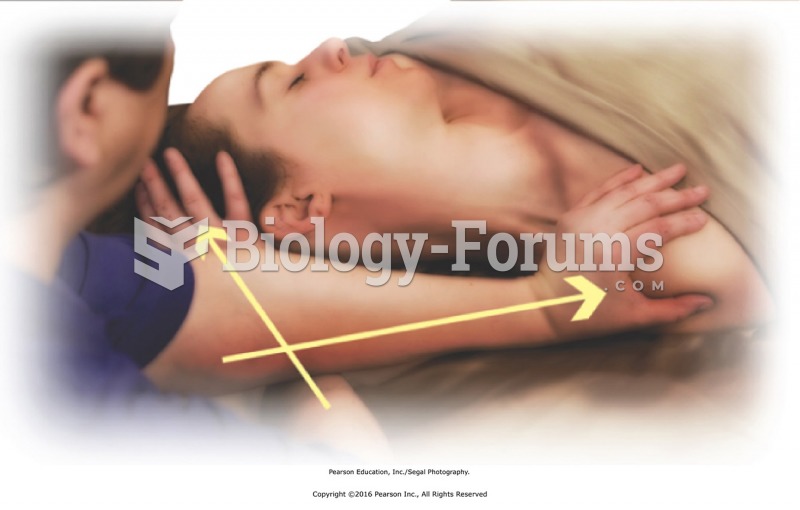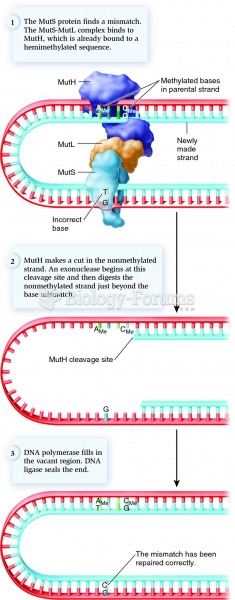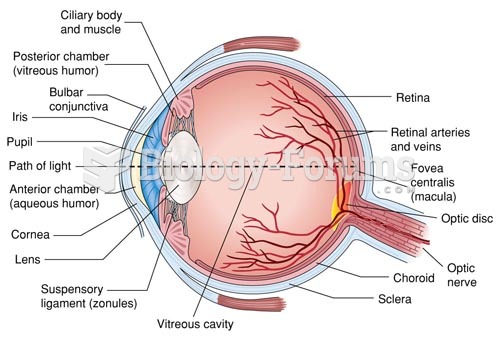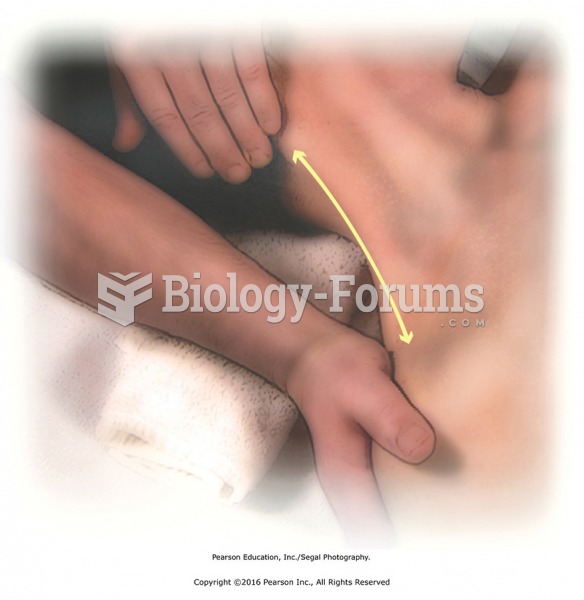This topic contains a solution. Click here to go to the answer
|
|
|
Did you know?
Your heart beats over 36 million times a year.
Did you know?
The FDA recognizes 118 routes of administration.
Did you know?
It is believed that humans initially contracted crabs from gorillas about 3 million years ago from either sleeping in gorilla nests or eating the apes.
Did you know?
Each year in the United States, there are approximately six million pregnancies. This means that at any one time, about 4% of women in the United States are pregnant.
Did you know?
Eating carrots will improve your eyesight. Carrots are high in vitamin A (retinol), which is essential for good vision. It can also be found in milk, cheese, egg yolks, and liver.
 Western basin edges are dominated by warm poleward-directed currents (for example, Gulf Stream), ...
Western basin edges are dominated by warm poleward-directed currents (for example, Gulf Stream), ...
 Stretch the cervical muscles with neck in lateral flexion. Place one hand on the shoulder and the ...
Stretch the cervical muscles with neck in lateral flexion. Place one hand on the shoulder and the ...





